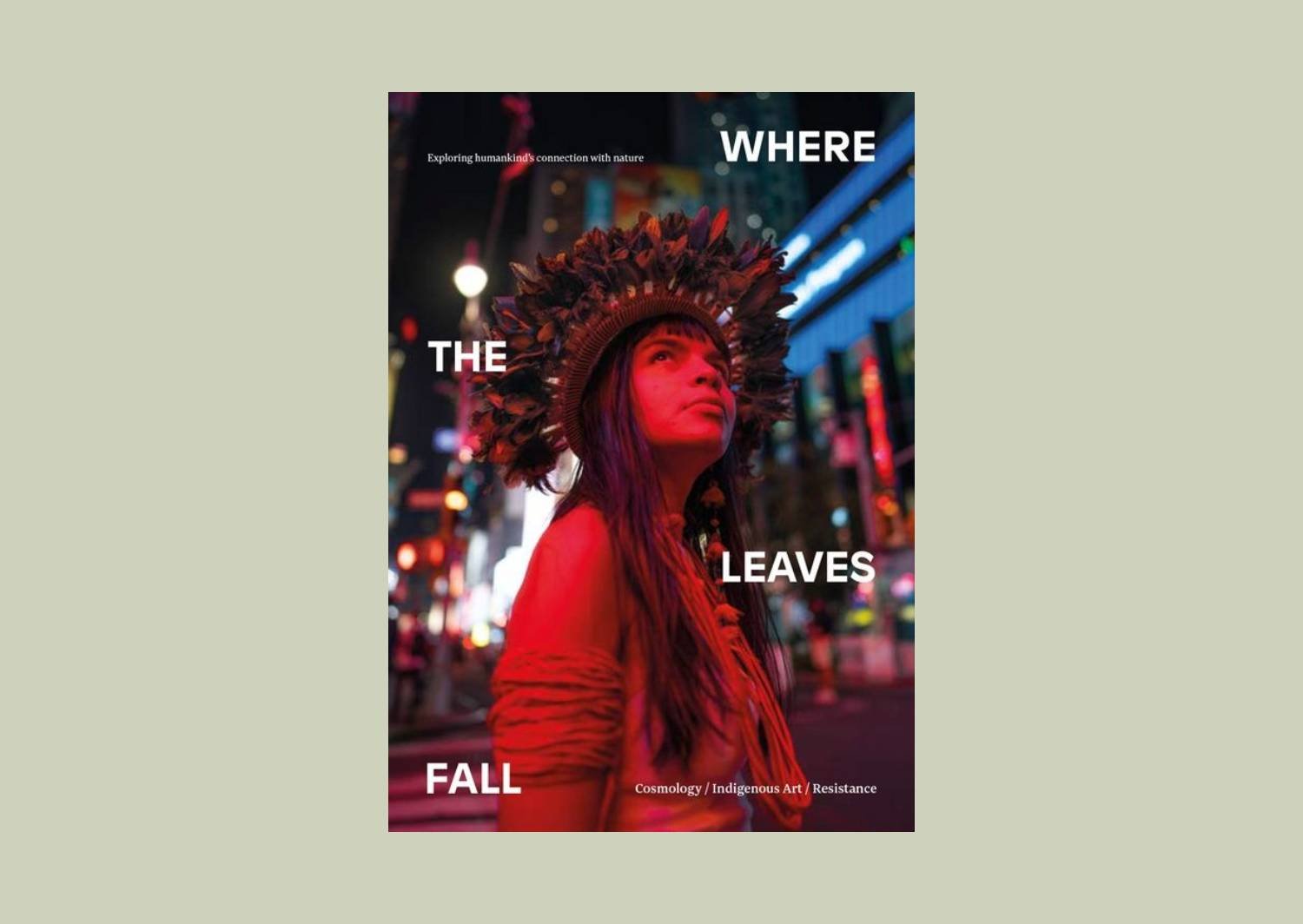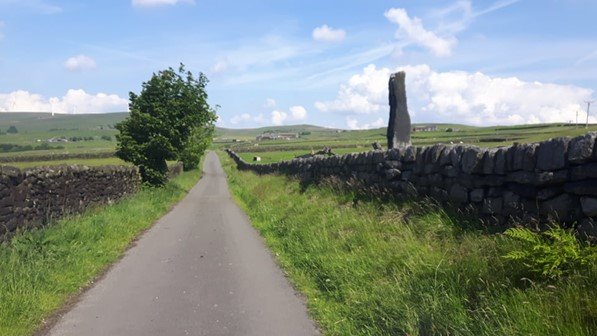Out of Place is an irregular series about movement and place, and the novels that take us elsewhere, by regular contributor Anna Evans.
‘To make a few faded words visible again.’ Memory and oblivion in Patrick Modiano’s Missing Person
The last rays of the sun linger on the façade and the glass-fronted doors of the garage, over there, on the other side of Rue de Rome, by the railway track.
From the window of an apartment, a man looks out across the city at night contemplating the rooftops, the façades of the buildings with windows lit up, a maze of staircases and elevators. In the distance, the city stretches out to streets, gardens, squares, and métro stations. To the bridges crossing the river, and lines of cars. The city is imagined as a dreamlike labyrinth, a network of chance meetings and encounters, of paths that cross, and lives that leave few traces.
Published in 1978 and steeped in the shadows of Paris during the occupation, Missing Person evokes a city of mystery and ambiguity. Patrick Modiano creates a haunting and melancholy atmosphere of dreamlike uncertainty, from the first line of the book: ‘I am nothing. Nothing but a pale shape, silhouetted that evening against the café terrace, waiting for the rain to stop.’
Guy Roland is a detective on a quest into his own past, hoping to uncover the identity he lost during the occupation of Paris. In the years following 1945 he found himself ‘struck by amnesia and was groping about in a fog’. Following a thread of fragments of evidence, of names, addresses, and photographs, the book maps a trail of clues and a series of encounters. He begins to submerge himself in the past, hoping to be recognized, for his own memory to surface. Amidst a tangle of revelations, of possible directions and stories, of unreliable evidence, are the memories even real or are they imagined: ‘Is it really my life I’m tracking down? Or someone else’s into which I have somehow infiltrated myself?’
Modiano’s work is preoccupied by the ways in which the past lives on and shapes the city of the present. He was awarded the Nobel Prize for Literature in 2014, which cited ‘the art of memory with which he has evoked the most ungraspable human destinies and uncovered the life-world of the occupation’. Since the publication of his first novel in 1968, Modiano has felt compelled to keep returning to this period of history, to begin to unravel its secrets, and to piece together in fragments what it felt like to live in those years, the gaps in memory and silences about wartime France and the occupation.
Modiano borrows the framework of a detective thriller, but this is a detective story in which no resolution is possible, because the evidence is fragmentary and dependent on chance and memory. Perhaps there are no answers, only dead ends. The search for a lost past creates a sense of dislocation and doubt that it’s enigmatic narrator can be anything other than a missing person with no verifiable name or history: I am nothing.
Missing Person describes a series of phantomlike encounters with people whose lives briefly intersected. There are meetings with people who fail to recognize him, and muffled conversations. His identity is obscured, obliterated by the distance of time, by the fading of memory. ‘There, under the embankment trees, I had the unpleasant sensation that I was dreaming. I had already lived my life and was just a ghost hovering in the tepid air of a Saturday evening. Why try to renew ties which had been broken and look for paths that had been blocked off long ago?’
It feels as if uncertainty is what defines Modiano’s writing, and his themes of loss and abandonment arise from the precarious circumstances of his upbringing which he has written about in his memoir Pedigree. Missing Person echoes some of these fragments, and there is a crossover of places and names. Modiano has written about his memories of walking the city from a young age, in areas of Paris such as Pigalle and Montmartre, and the influence of these first impressions on his subsequent writing: ‘It was there, on rue Fontaine, place Blanche, rue Frochot, that I first brushed against the mysteries of Paris and, without realizing it, began dreaming of a life for myself.’
Modiano’s cities are memoryscapes. In his Nobel acceptance speech, he spoke about the links between walking and exploring the city and imagination: ‘through the topography of a city, your whole life comes back in the form of successive layers, as if you could decipher the superimposed writings of a palimpsest.’ Modiano’s places tend to be spaces of transit, hotel rooms, cafes, rented apartments. He is drawn to explore the run down and haunting atmosphere of certain quarters of the city. They are ephemeral and intriguing locations that fill his books with an atmosphere of mystery and melancholy. In Missing Person, the narrative circles around the Rue de Rome in Batignolles and the train tracks, the site of a lost memory.
What is striking on reading Missing Person is the detailed geography of the city, and the number of references to street names and specific places. The city becomes a site of clues or signs to be followed like a trail. They provide something tangible. Signs that might point the way through the darkness of memory. ‘I use them to try to obtain reference points. Buildings bring back memories and the more precise the setting the better it suits my imagination.’
I couldn’t resist the urge to map this book, the specific locations contrast with the uncertainty and lack of solidity which are the overall effect of the book. For Modiano’s narrators, the city is a place of anonymity in which it is possible to merge with your surroundings. Mark Polizzotti describes how this effect of disorientation is created precisely by a ‘sense of tension arising from this almost hyperreal precision and the knowledge that, despite this, the places themselves keep eluding our grasp.’
In Missing Person, the reader is led along a trail of papers, lists and fragments - postcards, letters, files and memos, newspaper articles, and old photos. Tracing backwards into the distant past, these artefacts begin to feel like evidence – the only proof the past was not a dream, a denial that lives could disappear and leave no traces. In the office of the detective agency, there are dark wooden shelves lined with street-and-trade directories: ‘these directories and year-books constituted the most valuable and moving library you could imagine, as their pages listed people, things, vanished worlds, to which they alone bore witness.’
In his Nobel speech, Modiano describes writing his first books, and looking at old Parisian telephone directories, their names, addresses, phone numbers and imagining the lives of those inside: ‘I had the feeling as I turned the pages that I was looking at an X-ray of the city – a submerged city like Atlantis – and breathing in the scent of time.’
Modiano’s work is interested in the way memories can arrive unexpectedly, and their connection to place. In the book, the narrator begins to walk the streets, attempting to retrace his steps and to piece together flashes of memory, like the traces of a dream on waking up: ‘I was like a water-diviner watching for the slightest movement of his pendulum. At the top of each street I would stop, hoping that the trees, the buildings, would make me suddenly remember.’
In his writing, Modiano explores the idea that places hold traces of the lives of those who have passed through, and that certain areas of the city retain a mystery and strangeness. The novelist becomes a seismograph, ‘standing by to pick up barely perceptible movements.’ The city is a site of memory, a layered surface that merges with the present and retains traces of the past; a haunting that can be detected in vibrations or waves within the spaces of the city itself: ‘I believe that the entrance-halls of buildings still retain the echo of footsteps of those who used to cross them and who have since vanished.’ Certain streets create a particular affect, as though they are weighted with the past. There is a feeling of peril in certain locations, as if some areas of the map are charged with meaning or tension and shape the present city.
Missing Person is saturated with the oppressive atmosphere of the occupation. The darkness of the blackout and the silence of the curfews creates ‘a city which seemed to be absent from itself’. It is a place of transitory encounters, false papers, and random police checks, where on the surface life continued but in which ‘adults and children could disappear without a trace from one moment to the next.’
There is a sense of menace and fear to the city that pervades the novel, a feeling of suffocation, of the net closing around you. The city feels haunted and uncanny, as if it carries the weight of the past alongside it. ‘He remembered that tiny snowflakes – almost raindrops – were swirling outside the window. And this snow, the night outside, the bareness of the room, made him feel he was suffocating. Was it still possible to get away, even with money?’
The atmosphere feels shrouded in mystery and shadow, as though the encounters take place in a dream, half glimpsed and uncertain. It is as if the past city emerges through the fog, and Modiano uses imagery to create an atmosphere of fragility and a lack of solidity: ‘Everything about us was deserted, frozen. Even the Eiffel Tower, which I could make out on the other side of the Seine, the Eiffel Tower generally so reassuring, looked like a hulk of oxidized scrap-iron.’
In this city, Modiano places shadowy figures of uncertain identity, ‘the strange people who discussed their affairs in low voices’. His characters drift through an untethered existence, plagued by doubts or a sense of guilt and unease about the events of the past. They are stateless and exiled emigres of indeterminate nationality: ‘They spring out of nothing one fine day and return there, having sparkled a little. Beauty queens. Gigolos. Butterflies. Most of them, even when alive, had no more substance than steam which will never condense.’
The act of vanishing is one of the central metaphors of the book, and Modiano’s work is full of characters who go missing. The occupation is portrayed as a time of disappearances, and the threat of obliteration feels present. Retracing his footsteps to Megève, the whiteness of the snow-covered landscape is like the amnesia that grips him. He finds himself surrounded by snow which seems to suggest invisibility: ‘All around me there was nothing but whiteness.’
In his Nobel speech, Modiano spoke of memory as engaged in ‘a constant struggle against amnesia and oblivion. This layer, this mass of oblivion that obscures everything, means we can only pick up fragments of the past, disconnected traces, fleeting and almost ungraspable human destinies.’
Modiano’s work has been guided by this prevailing interest in the silences and omissions of memory, an attempt ‘to shine a light into the darkness’ and to trace what is left of the disappeared, of those who left few traces. ‘Yet it has to be the vocation of the novelist when faced with this large blank page of oblivion, to make a few faded words visible again, like lost icebergs adrift on the surface of the ocean.’
***
Anna Evans is a writer from Huddersfield who lives in Cambridge, with interests in place, memory, literature, migration, and travel. She enjoys writing about landscape – nature, cities, and all the places in-between. You can read more about Anna and her work on her website The Street Walks In. You can find more of Anna’s contributions to Elsewhere here.











